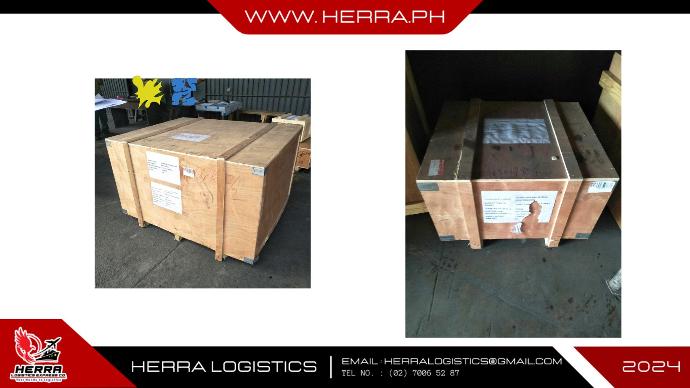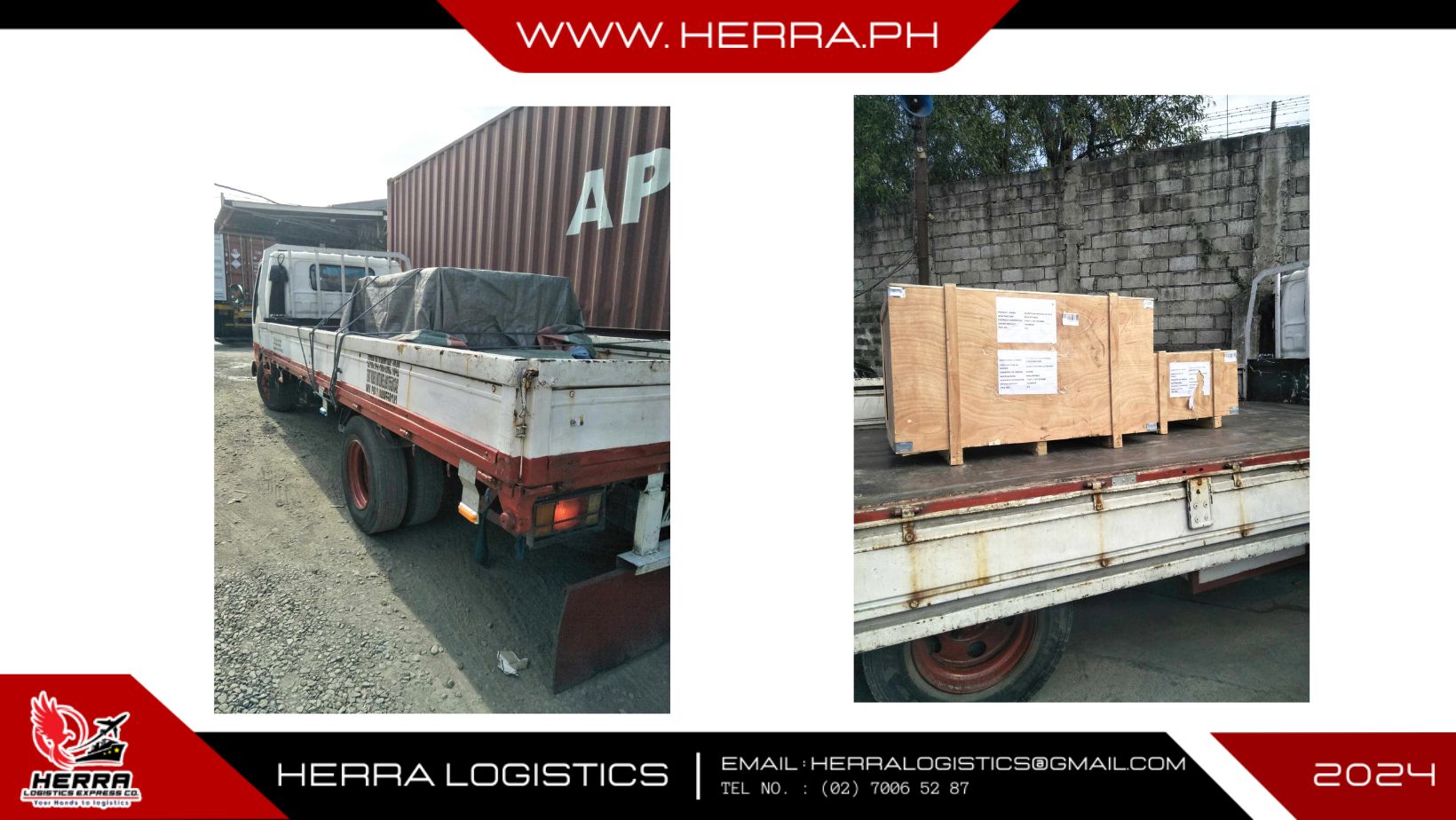LIKE, FOLLOW & SHARE
FB: HERRA Logistics Express Co.
IG: HerraLogistics
Tiktok: @herralogistics

- Mold Design: The process begins with designing a mold, which is typically made of metal (usually steel or aluminum). The mold consists of two halves: the cavity side and the core side. These halves come together to form the desired shape of the final product.
- Injection: Plastic pellets, also known as resin, are fed into a heated barrel of an injection molding machine. Inside the barrel, the pellets are heated and melted to a molten state.
- Injection into Mold: Once the plastic is molten, a screw mechanism within the injection molding machine injects the molten plastic into the mold cavity under high pressure. This pressure ensures that the plastic completely fills the mold and takes its shape.
- Cooling: After the mold cavity is filled, the molten plastic is allowed to cool and solidify within the mold. Cooling can be accelerated through various methods like cooling channels within the mold or external cooling systems.
- Ejection: Once the plastic has cooled and solidified, the mold opens, and the newly formed plastic part is ejected from the mold using pins, ejector plates, or other mechanisms.
- Trimming and Finishing: In some cases, the part may require additional trimming or finishing processes to remove any excess material or improve its final appearance.

- Arrival of Goods: When goods arrive at a port of entry in the Philippines, they are typically subject to customs clearance procedures. The importer or their authorized representative (such as a customs broker) must submit the necessary documents to the Bureau of Customs (BOC).
- Document Submission: Required documents for customs clearance may include the commercial invoice, packing list, bill of lading or airway bill, import/export permits or licenses, certificates of origin, and other relevant paperwork depending on the nature of the goods.
- Assessment of Duties and Taxes: The BOC assesses duties, taxes, and other fees applicable to the imported goods based on their declared value, classification, and other factors. Import duties, value-added tax (VAT), excise taxes, and other charges may apply.
- Physical Inspection (if applicable): Depending on the risk profile of the goods or discrepancies found in the documentation, customs authorities may conduct a physical inspection of the goods to verify their quantity, quality, and compliance with import regulations.
- Payment of Duties and Taxes: Once the customs assessment is completed, the importer or their agent must pay the applicable duties, taxes, and fees. Payment is usually made through authorized banks or payment centers designated by the BOC.
- Customs Clearance: After payment is confirmed, the BOC issues a customs clearance certificate or release order, indicating that the goods have been cleared for release. This document is necessary for claiming the goods from the port or warehouse.
- Goods Release: With the customs clearance certificate or release order, the importer or their agent can proceed to the designated location (port terminal, customs warehouse, etc.) to claim and take possession of the goods.